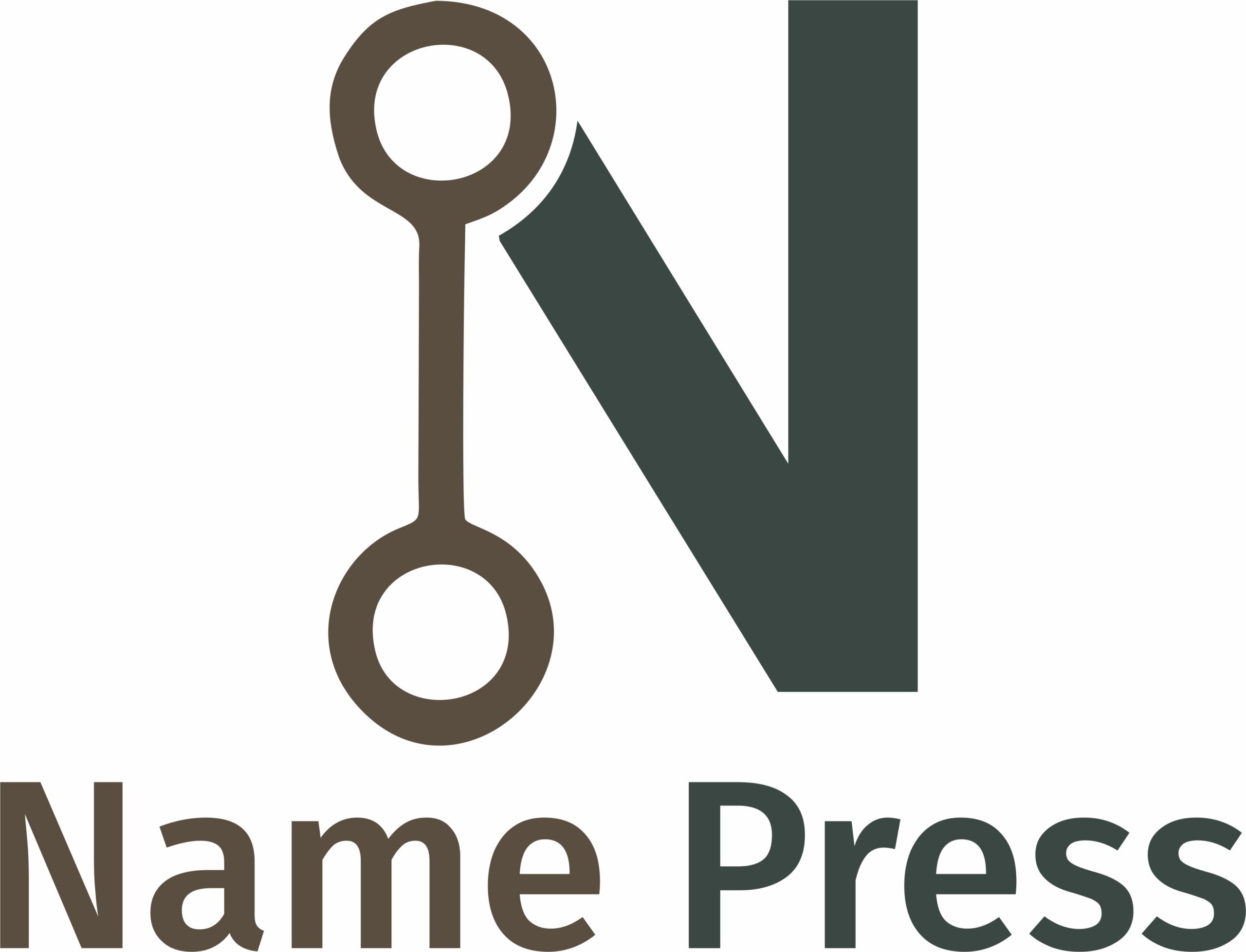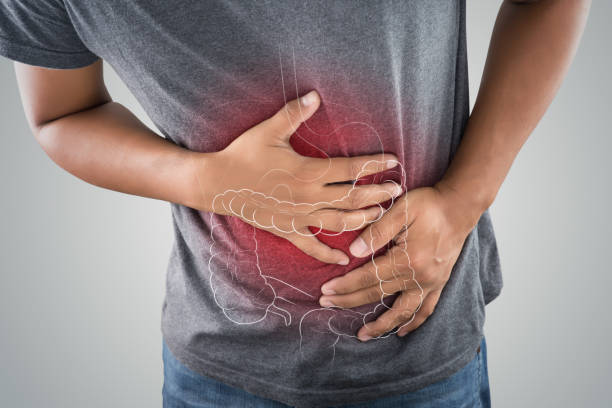Key Takeaways:
- Pipeline smoke testing is a non-invasive method to detect leaks and defects in underground sewer systems.
- It helps identify unauthorized connections and structural issues, preventing environmental hazards and costly repairs.
- Regular smoke testing enhances the efficiency and longevity of wastewater infrastructure.
Understanding Pipeline Smoke Testing
Pipeline smoke testing is an essential diagnostic method used to detect leaks, cracks, and faulty connections in underground sewer or stormwater systems. By introducing non-toxic smoke into the pipelines, maintenance teams can quickly identify where smoke escapes, indicating points of damage or improper connections. This proactive approach helps prevent costly repairs, environmental contamination, and potential structural damage by addressing issues before they escalate.
A reliable inspection process often relies on specialized equipment such as a smoke pump tester, which ensures consistent smoke output for accurate results. This tool enables technicians to locate hidden defects efficiently and with minimal disruption to surrounding areas. Overall, smoke testing provides a fast, safe, and cost-effective method for maintaining underground infrastructure and protecting community health.
Benefits of Smoke Testing
- Cost-Effective Detection: Smoke testing minimizes diagnostic labor and eliminates the need for major excavations, making it a budget-friendly choice for utility managers and city governments.
- Non-Destructive Assessment: By preserving roadways, lawns, and pavements, the method avoids disruptions commonly associated with other forms of leak detection.
- Comprehensive System Evaluation: In addition to uncovering leaks, smoke testing exposes illegal connections between household plumbing and public sewer lines, reducing inflow and infiltration issues that can contribute to sewer overflows.
- Environmental and Public Health Protection: Detecting leaks early prevents untreated wastewater from entering local water bodies, supporting safe water supplies and community well-being.
Preparing for a Smoke Test
Before conducting a smoke test, local authorities typically provide advance notice to residents and businesses. A few simple preparations ensure smooth testing and reliable results:
- Pour water into all sinks, tubs, and floor drain traps to prevent smoke from entering indoor areas through dry plumbing.
- Be aware that appearing smoke is non-toxic and dissipates quickly; it serves as a visual indicator rather than a health hazard.
- Notify the testing crew about any residents with respiratory concerns, small children, or elderly household members so that precautions can be taken.
- Remove pets from rooms that may be affected and keep windows open for added ventilation if smoke enters your home.
Addressing Identified Issues
After smoke testing, utility crews review inspection records, maps, and photographs to schedule targeted repairs. Rehabilitating leaky pipes and sealing unauthorized plumbing modifications prevent stormwater and groundwater from overwhelming the sewer system during rainfall. This substantially reduces the risk of sewer surcharges, backflows, and environmental contamination zones.
Timely repairs also result in long-term operational savings, reduced insurance claims from flooding, and a more resilient underground network—benefits that extend to all residents, helping communities thrive sustainably.
Conclusion
Pipeline smoke testing remains an essential tool for cost-effective, minimally invasive maintenance of critical underground sewer infrastructure. Its ability to quickly and affordably pinpoint issues provides municipalities and utilities with a proactive solution to protect public health, prevent environmental hazards, and maintain service reliability. Regular smoke testing, combined with timely and targeted repairs, supports more resilient communities and a cleaner environment for all.







